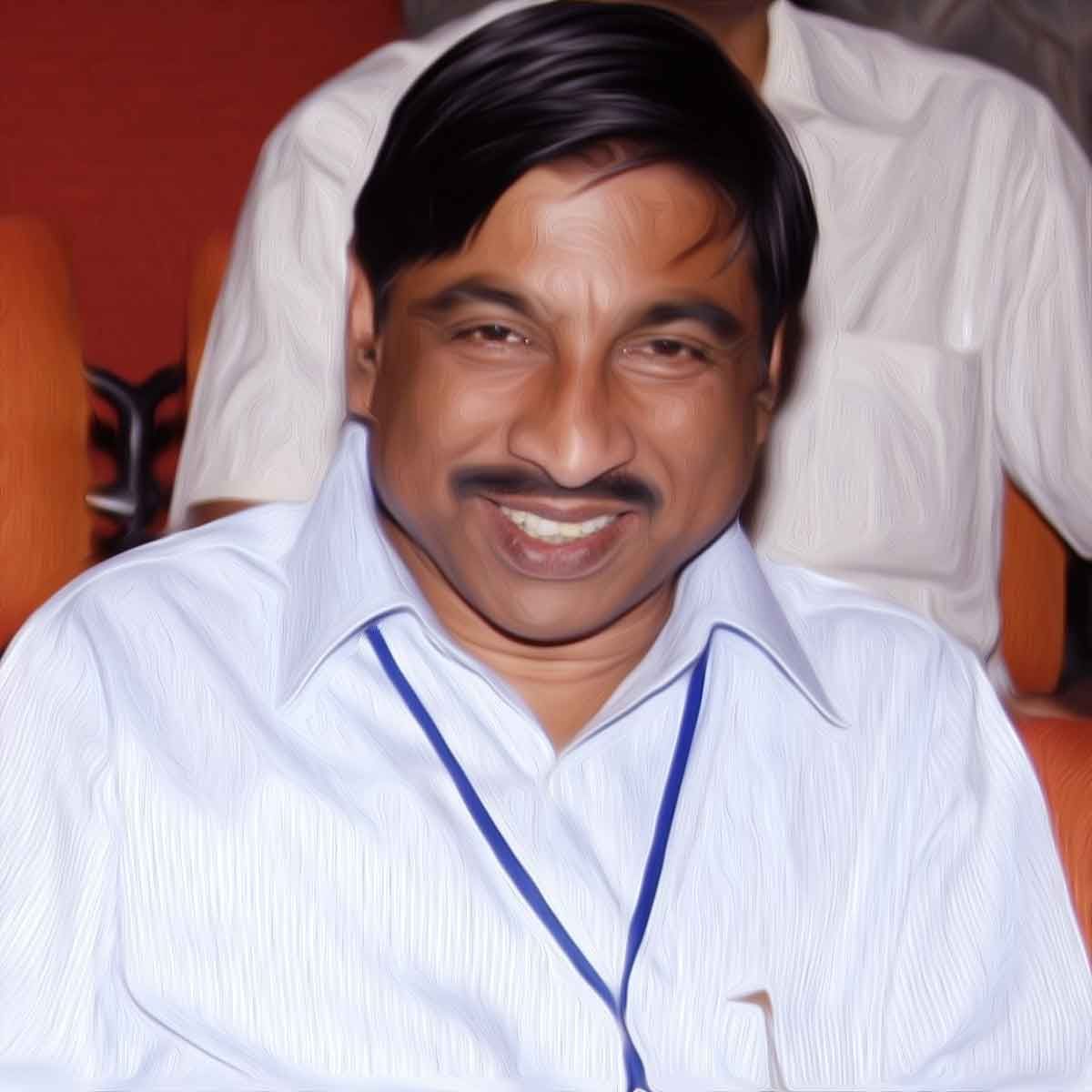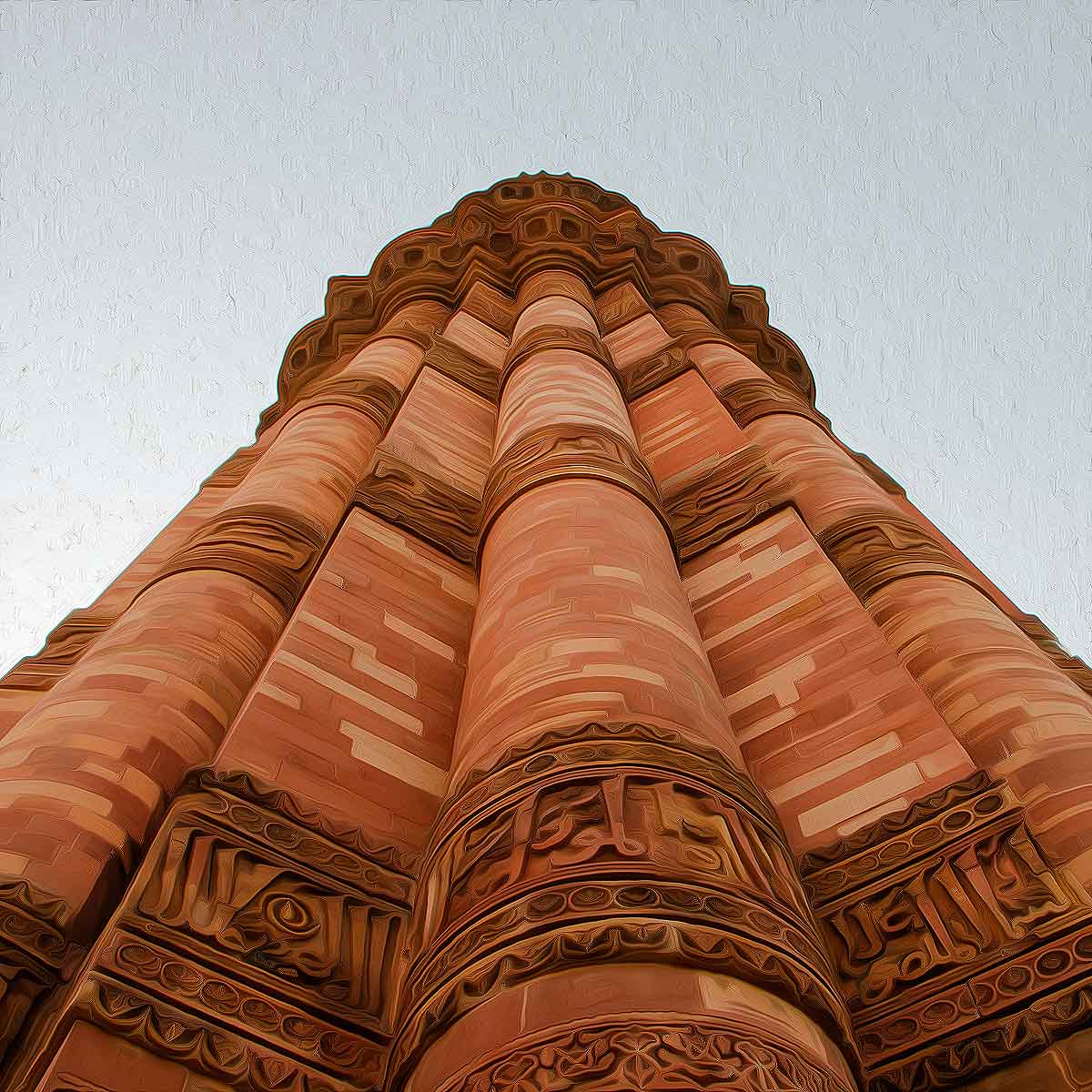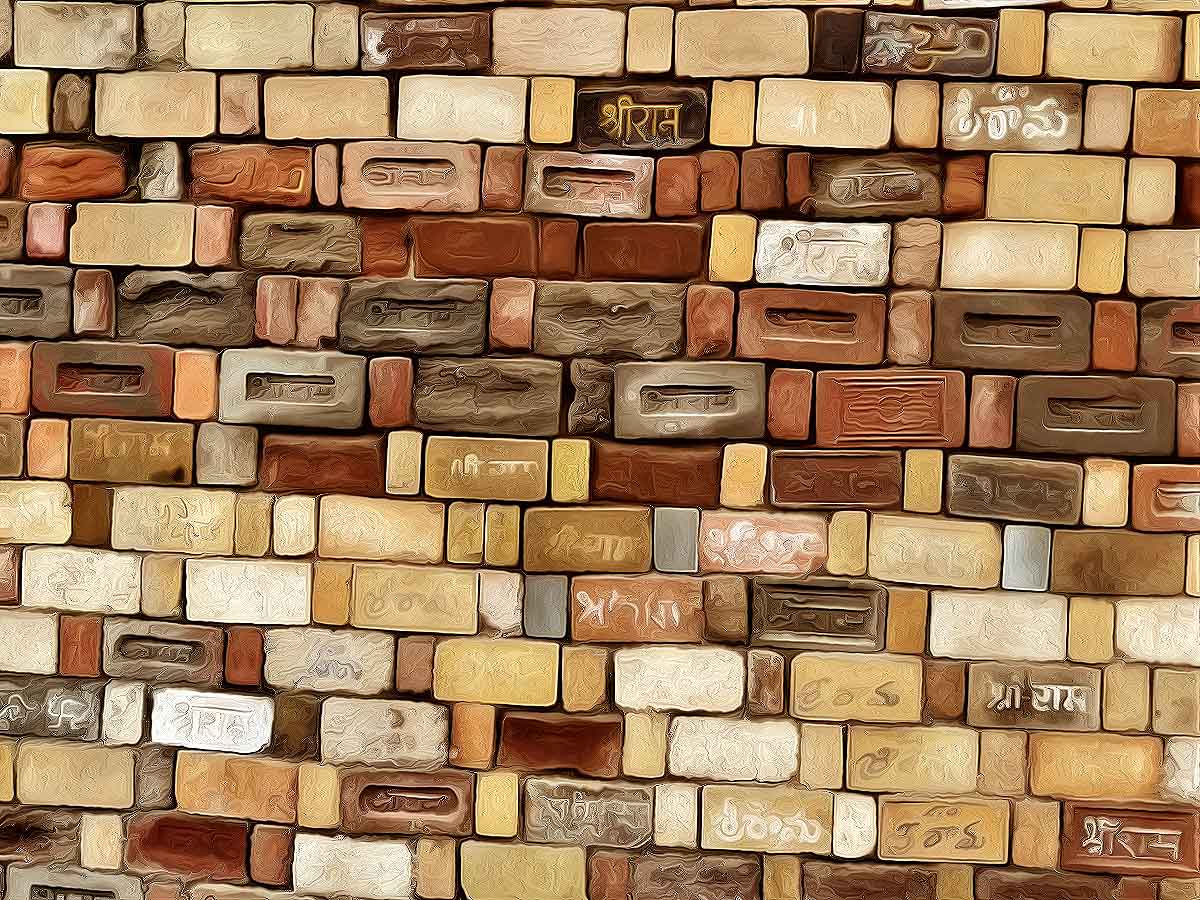Renowned Archaeologist KK Mohammed confirms, '27 temples were demolished to build Quwwat-ul-Islam Mosque near Qutub Minar in Delhi, hiding truth is a mistake': Remnants of temples, Lord Ganesha temple found

On April 18, in a conversation at World Heritage Day in Bhopal, Madhya Pradesh, renowned archaeologist KK Mohammed said that 27 temples were demolished to build Quwwat-ul-Islam Mosque near Qutub Minar in Delhi.
He said, “Remnants of temples were found near Qutub Minar, including Lord Ganesha temple. It proves there was a temple.”
Notably, the Delhi Tourism website clearly mentions that the 73-meter high Qutub Minar was built using the material obtained from 27 Hindu and Jain temples. The first Muslim ruler of Delhi, Qutub-ud-din Aibak, defeated the last Hindu ruler of Delhi Prithiviraj Chauhan.
The website says, “An inscription over its eastern gate provocatively informs that it was built with material obtained from demolishing ’27 Hindu temples.”
 Delhi Tourism website clearly mentions that the 73-meter high Qutub Minar was built using the material obtained from 27 Hindu and Jain temples |
However, KK Mohammed said it was a pure Islamic structure. he said similar Minars were made during the time of Ghazni, Ghauri, and other Mughal rulers. Speaking to ABP News he said the many mistakes had happened during the medieval period. Both communities have a responsibility for the current standing structures. He said, “The biggest mistake communist Historians make is that they try to hide the truth. It is a fact that temples were demolished and there is no benefit of hiding the truth.” He also blamed communist historians for provoking Muslims that had delayed the construction of Bhavya Ram Mandir in Ayodhya.
The website further reads, “The main mosque comprises of an inner and outer courtyard, decorated with shafts and surrounded by Piller. Most of these shafts are from the 27 Hindu temples, which were plundered to construct the mosque. It is, therefore, not surprising that the Muslim mosque has typical Hindu ornamentation.”
The construction of Qutub Minar was started by Aibak in 1200 AD. However, he could only finish the basement. His successor Iltutmush added more storeys to the construction. Later, in 1368, Firoz Shah Tughlak constructed the last storey of the building.
KK Mohammed said, “Not one, but there were many idols of Lord Ganesha found at the site. It was the capital of the Chuahans, including Prithviraj Chauhan. There were around 27 Hindu temples, and Quwwat-ul-Islam Mosque was built on the ruins of these temples using the same elements. You can clearly find the evidence through Arabic inscriptions which say that 27 temples were destroyed to build a mosque at the site.”
 Renowned archaeologist KK Mohammed said that 27 temples were demolished to build Quwwat-ul-Islam Mosque near Qutub Minar in Delhi |
Delhi Court directed ASI not to remove Lord Ganesha idols
Recently, reports had suggested that the NMA wanted to move the Ganesha idols from the premises. However, a Delhi court stayed the order and directed ASI not to remove the idols. Additional District Judge Nikhil Chopra, in an order, directed ASI not to take any action till the matter was heard before the court. The hearing in the matter will take place on May 17.
The directions from the court were on a suit filed by advocate Hari Shankar Jain on behalf of Jain deity Tirthankar Lord Rishabh Dev. The plea claimed that 27 temples were demolished by Qutubdin Aibak, and Quwwat-ul-Islam Mosque was constructed using the material from the ruins. Advocate Jain said there were two idols of Lord Ganesha on the premises, and ASI was likely to remove and place them in National Museum as just artifacts.
It is noteworthy that Vishwa Hindu Parishad (VHP) has also demanded that the government should rebuild the ancient temples in the complex and allow Hindus to offer prayers. In a statement, national spokesperson Vinod Bansal said, “We visited major parts of the site, and it was heart-rending to see the condition of the idols of Hindu deities…Qutub Minar was built with materials obtained after demolishing 27 Hindu temples. The superimposed structure was built just to tease the country.”
 Archaeologist KK Mohammed also blamed communist historians for provoking Muslims that had delayed the construction of Bhavya Ram Mandir in Ayodhya |
KK Mohammed was part of the Ayodhya excavation
Notably, KK Mohammed was a part of the team from the Delhi School of Archaeology that had joined the excavation team in Ayodhya headed by Professor VB Pal. On several occasions, Mohammad openly spoke about the temple ruins that were found during an excavation in Ayodhya. He had pointed toward the possibility that the disputed structure was built using pillars, slabs, and other components from the demolished temple at the site.
References:
 Support Us
Support Us
Satyagraha was born from the heart of our land, with an undying aim to unveil the true essence of Bharat. It seeks to illuminate the hidden tales of our valiant freedom fighters and the rich chronicles that haven't yet sung their complete melody in the mainstream.
While platforms like NDTV and 'The Wire' effortlessly garner funds under the banner of safeguarding democracy, we at Satyagraha walk a different path. Our strength and resonance come from you. In this journey to weave a stronger Bharat, every little contribution amplifies our voice. Let's come together, contribute as you can, and champion the true spirit of our nation.
 |  |  |
| ICICI Bank of Satyaagrah | Razorpay Bank of Satyaagrah | PayPal Bank of Satyaagrah - For International Payments |
If all above doesn't work, then try the LINK below:
Please share the article on other platforms
DISCLAIMER: The author is solely responsible for the views expressed in this article. The author carries the responsibility for citing and/or licensing of images utilized within the text. The website also frequently uses non-commercial images for representational purposes only in line with the article. We are not responsible for the authenticity of such images. If some images have a copyright issue, we request the person/entity to contact us at This email address is being protected from spambots. You need JavaScript enabled to view it. and we will take the necessary actions to resolve the issue.
Related Articles
- When Secular Nehru Opposed Restoration Of Somnath Temple - The Somnath Temple treachery
- Petition seeking restoration of 27 Hindu, Jain temples inside Quwwat Ul-Islam mosque at Qutub Minar complex rejected by Delhi court
- Narasimha Rao govt brought places of Worship Act as a hurdle in reclaiming ancient Hindu heritage destroyed by Muslim invaders
- Madras High Court: Do not take decision on melting Temple gold till Trustees are appointed
- After removing 500 tons of garbage, 18th-century old stepwell to soon serve with clean, fresh groundwater gushing from 53 feet deep water stream: Nalla Pochamma Temple, Telangana
- Bishnupur, a historic gem in West Bengal, enchants with terracotta temples and a captivating past, once the seat of Malla Dynasty, this quaint town whispers tales of resilience, transformation & spiritual devotion, offering profound life lessons
- Menace of historical oblivion: Hindus have forgotten about a thousand years of Islamic persecution
- "The greatness of a culture can be found in its festivals": India is a land of festivals, sometimes rather very unique like Chamayavilakku festival which is celebrated in Kerala and is unique because here men dress up as women to worship Devi Bhagavathy
- “True wisdom consists only in the knowledge of Brahman”: Budhanilkantha (Old Blue Throat) Temple, Nepal is a Hindu open air temple dedicated to Mahavishnu, also known as the Narayanan Temple, and can be identified by a large reclining statue of Mahavishnu
- Valiant Marathas and the far-reaching effects of the loss of 3rd battle of Panipat: Jihad of the temple destruction
- Madras High Court noted that 'tolerance is the hallmark of Hinduism, devotees could not be denied their right to worship at any cost': directed authorities to allow chanting prayers at Sri Varadaraja Perumal Temple
- RTI reply revealed that keys to the treasure room 'Ratna Bhandar' of Puri Jagannath temple which has a lot of gold, silver, and precious jewels donated by devotees and kings over the centuries have been ‘missing’ since 1970: Odisha
- “It is not the honor that you take with you, but the heritage you leave behind”: Greek historian Megasthenes' Indica provides a historical account of ancient India, offering glimpses into its geography, society, governance, religion, economy, and culture
- "Temples are a refuge from life's storms even a never-failing beacon guiding us to safety": Shore Temple overlooks the shore of Bay of Bengal in Mahabalipuram, built with blocks of granite by King Narasimhavarman II and is a UNESCO World Heritage Site
- In a significant discovery Hindu temple structure with ornate columns found inside a mosque in Mangaluru, locals suspect the presence of a temple in the past: VHP leaders asked to stop work till documents verified













